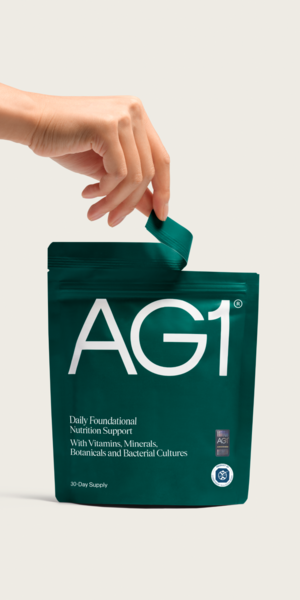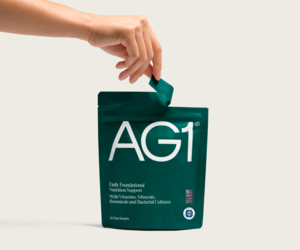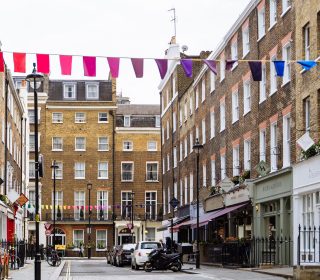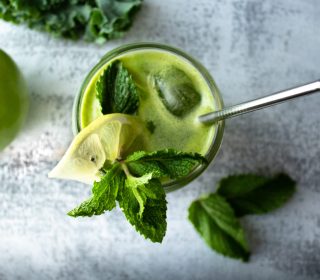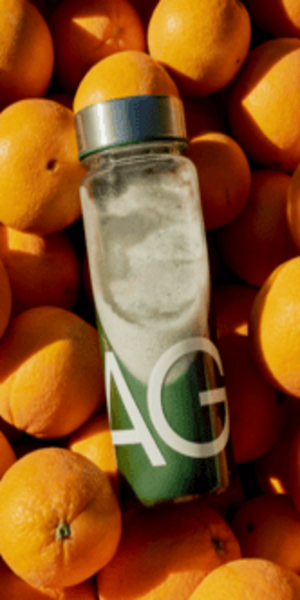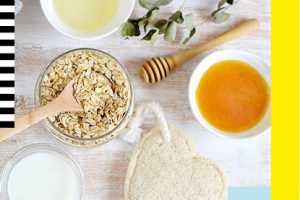An introduction to inflammation and skin-healing foods
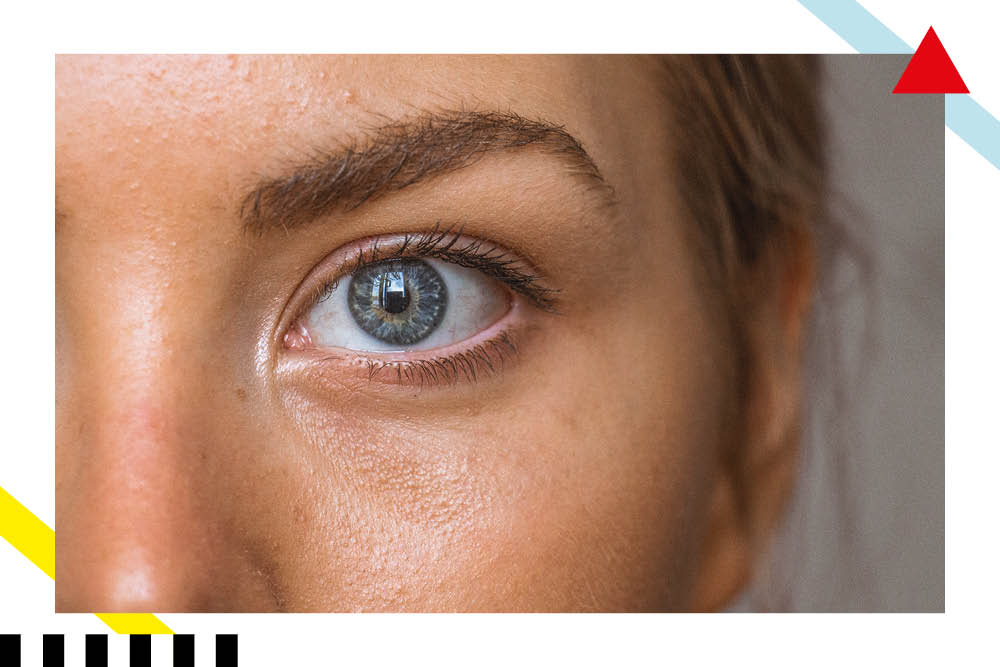
When you struggle with inflammation due to a skin condition, so much of the everyday stuff people take for granted becomes an enormous, uphill struggle.
My skin had been a problem since my teens. I suffered with hormonal acne from age thirteen. A combination of poor diet, exam stress and a new-found love for cigarettes and alcohol at college flared the psoriasis on my arms and legs, which continued plaguing me throughout my twenties.
I felt uncomfortable and embarrassed, and no matter how many steroid creams or prescription emollients I slathered on, I could never truly get rid of this awful looking skin.
Skin disease made an unwelcome impact on so many different aspects of my life. I don’t think a day went by when my skin was not my primary focus. The pain made it difficult to go to work; the itch prevented me from sleeping at night, leaving me exhausted and irritable the next day. I dreaded dating and my heart sank at invites to friends’ summer weddings, knowing I’d struggle to find a long-sleeved dress in the shops and would feel uncomfortably sweaty, covering my arms in even the lightest of cashmere cardigans. Seams hurt, fabrics scratched, just the simple act of wearing pyjamas felt unbearably painful at times.
Six years ago, I experienced my worst flareup. My skin was so sore I couldn’t work, or socialise, or even leave the house. My doctor suggested a chemotherapy medication designed to suppress my immune system to stop it overreacting. I was desperate, but I remember sitting there in my doctor’s office thinking … have my health and skin deteriorated to such an extent that I need cancer drugs to get myself well again?
THE TURNING POINT
That moment was life-changing. It was a huge wakeup call and the side effects of this drug – which can include organ failure – frightened me beyond words. It wasn’t an easy decision to turn down the medication, but I knew there had to be another way.
Whilst I understood the principle of these drugs suppressing my immune system, I couldn’t fathom why my doctor wasn’t focused on modulating it instead. Surely suppression was setting me up for all sorts of other potential problems in the future?
By regulating my immune system, I could get things back on an even keel. I started reading about curcumin and shiitake mushrooms, simple food ingredients that were shown in studies to have the ability to decrease inflammation!
My doctor had always dismissed the correlation between diet and the inflammation I was seeing on the skin’s surface, but suddenly it made a whole lot of logical sense. Of course, what I ate was going to impact the appearance of my skin. The very fact diseases such as eczema and psoriasis are considered ‘inflammatory’ would suggest an anti-inflammatory diet is going to go some way to improve the situation. From that moment on, I made it my mission to learn about skin healing foods and the true impact they can have on our health and skin.
A GUT FEELING
The old saying ‘you are what you eat’ is never truer than when it comes to skin. Whilst allergies, intolerances and their impact can vary greatly between us as individuals, there are particular foods and food groups that have been shown to exacerbate the underlying cause of general inflammation and inflammatory skin disease.
Conversely, there are certain skin healing foods with incredibly beneficial, and even medicinal, properties. It might sound too simplistic to say, ‘quit eating dairy and your skin will clear up’, but sometimes it really can be that straightforward.
For most of us though, working on a combination of underlying dietary and lifestyle factors is the very best way to achieve nourished, radiant skin.
Rather than viewing conditions such as acne, rosacea, eczema and psoriasis as diseases of the skin, I encourage people to flip their way of thinking. I believe these conditions should be thought of as gut problems, the symptoms of which manifest themselves on the surface of our skin.
After all, the skin (our body’s largest organ of elimination) acts as a supplemental filter to the liver and kidneys for eliminating waste. When our other organs are congested and overburdened through poor diet and lifestyle choices, the skin tries to push out toxins through our cells. If we can begin to change the way in which we view our skin, we can also change the way in which we treat it.
Simply speaking, the skin is a map of what’s going on inside our gut. Gut problems can affect the way our body retains the nutrients found in our diet, leading to poor absorption of the vitamins, minerals and antioxidants needed to keep skin looking healthy and potentially worsening existing skin conditions. A healthy gut and digestive system can help improve these common skin complaints by ensuring nutrients are correctly absorbed.
But what do we class as a healthy gut?
In 2012, scientists Rob Knight (University of California), Jeff Leach (founder of the Human Food Project) and Jack Gilbert (faculty director of the Microbiome Centre at the University of Chicago), founded the ‘American Gut Project’.
One of the big questions the scientists hoped to answer was what characterises healthy and sick guts and how we might transition from the latter to the former.
PLANT POWER
https://www.instagram.com/p/B9PE2RqA3SZ/?utm_source=ig_web_copy_link
In particular, researchers wanted to know how many types of bacteria live in our bodies and where, and how our diet and lifestyle affect the composition of this gut microbiome.
The study suggests that a more diverse, plant-based diet makes for a more bacterially diverse and healthier gut. Those who consumed more than 30 different types of plant each week had many more variable microbiomes than those who consumed only 10 or fewer types of plant weekly.
It stands to reason, therefore, that focusing on incorporating lots of plant-based foods will be beneficial for the gut, but let’s also look at what we ought to avoid.
DITCHING DAIRY
Reducing the consumption of animal products is really important in a skin-friendly protocol. Meat is inflammatory, so I would encourage anyone struggling with a skin disease to switch to a vegetarian diet. Besides meat, eliminating dairy foods such as milk, yoghurt, cheese, butter, cream and ice cream is important. Dairy is pro-inflammatory and can lead to increased inflammation in the body, which in turn can manifest as acne, eczema or rosacea. Dairy also contains sugars, and increased sugars lead to a higher glycaemic index. High GI foods can trigger inflammation, causing increased skin flares. Ditching dairy can very quickly improve skin tone and texture, as well as reducing the redness we often see exacerbated in conditions such as rosacea and eczema.
TRIGGERING NIGHTSHADES
You’ve probably heard of the most poisonous of the nightshade family, the flower known as ‘Belladonna’ or ‘Deadly Nightshade’. There are actually over two thousand species that fall into the nightshade category, a few of which are classed as edible.
The most common edible nightshades are:
Tomatoes
White potatoes
Aubergine (egg plant)
Peppers
Chillies
Gooseberries
Goji berries
Tobacco
Aside from tobacco, these plants sound harmless enough, and for most people they are. But nightshades harbour chemicals called alkaloids, which they use to shield themselves from insects – they essentially act as natural pesticides when the plants are growing. These chemical compounds are designed to protect the plants in the wild; in other words, they are meant to be toxic.
Healthy guts can cope just fine with alkaloids, but those of us with autoimmune issues such as psoriasis, arthritis and lupus, or compromised digestive systems, can be more sensitive to them.
Alkaloids are incredibly powerful. The glyco-alkaloid α-tomatine in tomatoes, for example, is so potent that it’s used in vaccines to ensure that the recipient develops immunity against the virus for which they are being inoculated. Certain alkaloids can rev up our immune response, and that’s the last thing we want when dealing with an already overactive immune condition.
Scientific studies on the impact of nightshades on our skin and joints are disappointingly sparse. In his 1993 report, N.F. Childers, Ph.D. found 94% of his arthritis patients who strictly eliminated nightshades from their diet reported complete or substantial relief.
There’s lots of anecdotal evidence suggesting similar, dramatic improvements in psoriasis and psoriatic arthritis through eliminating foods that causer inflammation like nightshades and, writing from personal experience, I know they have a negative impact on my skin.
STEP BY STEP
https://www.instagram.com/p/B9PE2RqA3SZ/?utm_source=ig_web_copy_link
It might sound rather daunting to make all these dietary changes in one go. I was in such a desperate place when my psoriasis and eczema were at their worst, I would have done absolutely anything for clear skin. Let me reassure you, there is light at the end of the tunnel.
If you’re an all-or-nothing kind of person like me, the 28-day plan in my book Radiant is ideal. It’s a strict elimination cleanse that nourishes the body through plant-based recipes.
If that feels like too much too soon, you don’t have to make the changes all at once. Take time to understand which foods can be beneficial and which can be problematic. By gradually eliminating foods that cause inflammation, and instead incorporating skin healing foods step by step, small adjustments can build up to equally incredible results. That’s the focus of my second book ‘Skin Healing Expert’, out May 2020 and available for pre-order now.
If you’re lacking motivation, you only need to scroll through the amazing before and after pictures on my Instagram @MyGoodnessRecipes for inspiration. Focus on clear skin as your primary driver to begin making changes. No matter how tough things seem right now, you will get there. Picture life with clear skin and pursue that as your ultimate goal. Rest assured you are not alone on this journey.
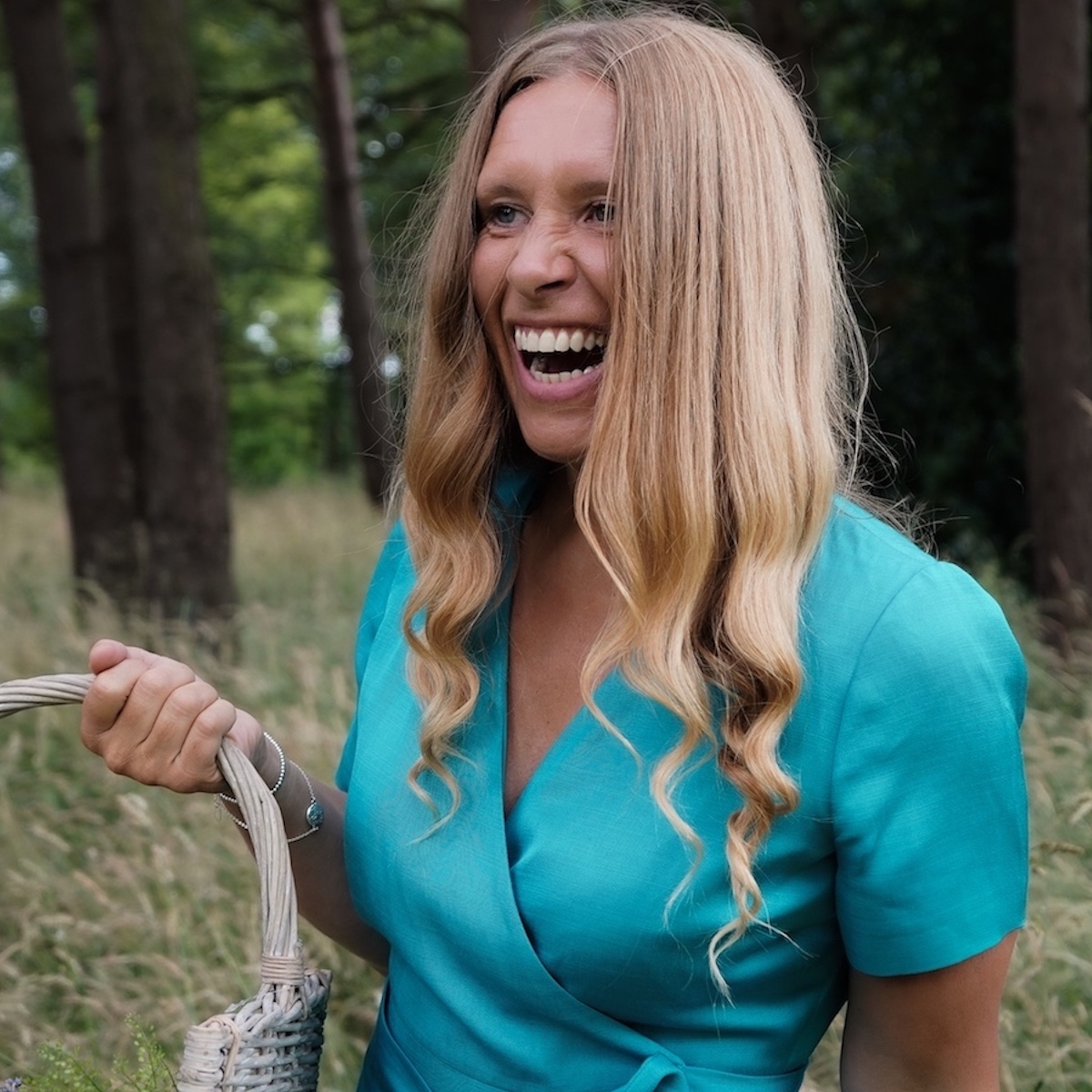
Hanna received offers from all five investors when she pitched on BBC 2’s Dragons Den last year and she now works closely with Tej Lalvani and Peter Jones on her cruelty-free, botanical skincare range – designed to naturally support the protocol in her book. Hanna’s second book Skin Healing Expert is due for publication May 2020. On a personal note her passions include cooking, growing vegetables, hiking and worldwide adventures in her campervan.
For 10% off products at hannasillitoe.com this month enter code BALANCE10 at checkout.



